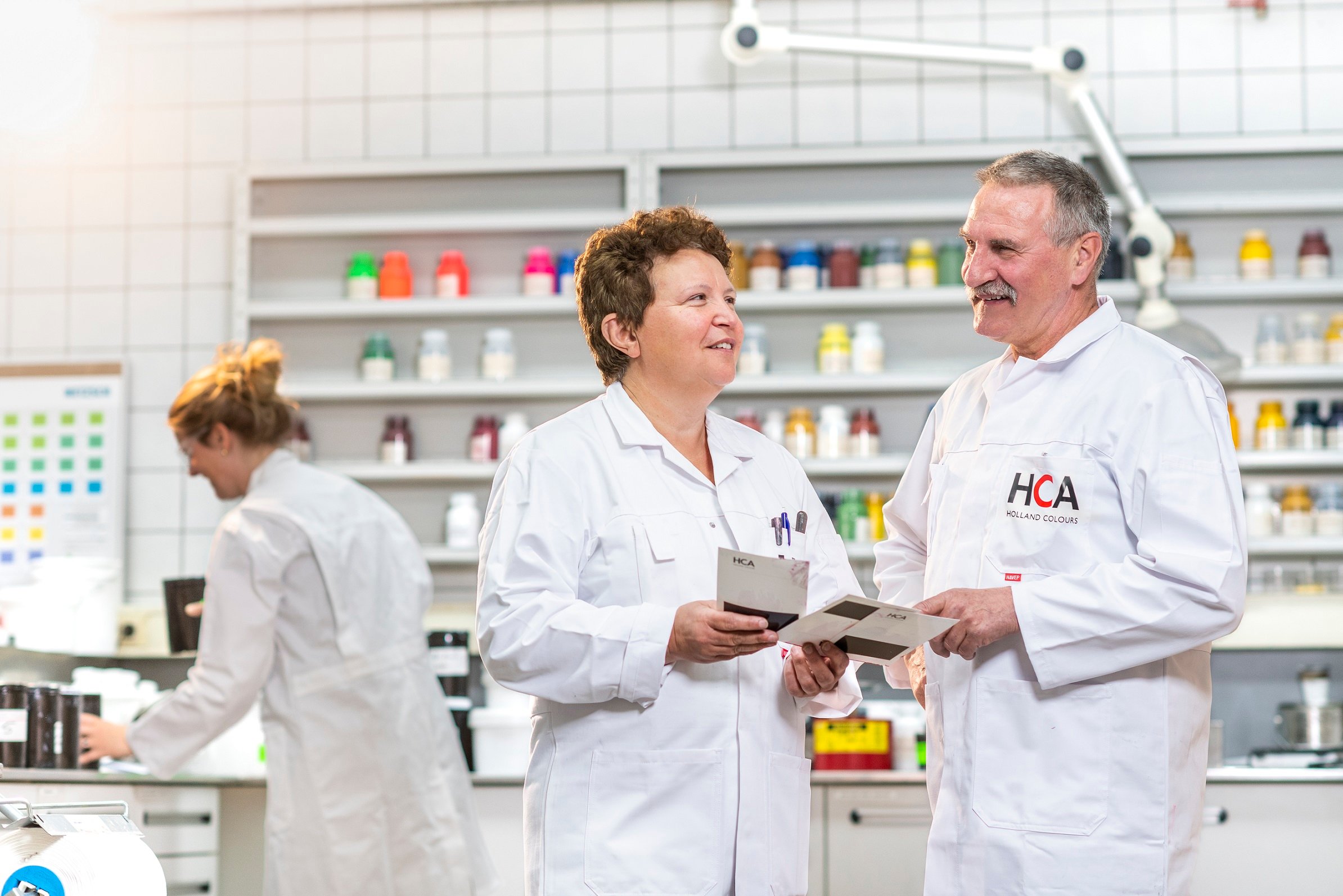Creating stability & consistency
How one of the largest recyclers was able to create a steady supply of high-quality rPET
A company involved with the recycling of clear PET, one of the largest recyclers in Europe, contacted us. Like many others, they were experiencing difficulties in creating a consistent stream of high quality clear rPET for the converters further down the value chain.
The problem
This customer was dealing was several interconnected issues:
- The degree of discoloration of the rPET stream increased in time due to known reasons and they needed a solution for a more consistent color quality.
- Due to increase in discoloration over time, there was an unfortunate need to constantly tweak the undesirable color cast of rPET based preforms and blown bottles further downstream, at the converter.
- This constant tweaking caused frustrations not only at the converter but also at their customer, a global brand owner in the beverage industry.
Their goal
They approached us to see if we could create a suitable colorant option that would reduce the yellowish (b Value) rPET so that it fell within the color specifications of the end-user, i.e. brand owner. This would allow them to create a steady, reproduceable and consistent stream of higher quality rPET, more widely accepted by consumers. After having in-depth discussions about their goals and requirements and requesting a sample of their rPET quality we went to work.
How we got things started
A key requirement was to keep the let down ratio (LDR) also called dosing rate (DR) of the colorant as low as possible to avoid additional discoloration of the rPET during future recycling steps. In conjunction with their team, we determined the most suitable color formulation consisting of opposite colorants as well as the type of carrier and dosing rate to create the ideal solution for their situation. We developed a biobased carrier in combination with a food contact safe (EU and FDA), temperature and vacuum-stable colorant formulation. Initial results looked very promising.
The follow-up
Although the undesirable yellowness was neutralized with an opposite colorant formulation, we were asked whether the brightness (L-value) of the rPET could be improved as well. To improve the brightness of the rPET and to provide a fresher appearance to the final blown bottle, we added an optical brightener to the initial formulation. With the new formulation, the resulting rPET showed less of a reduction in L-value and was accepted by the customer.
Conclusion
Together with our customer, as a true co-designer, we created a custom formulation of TintMask®, based on their specifications which allowed them to offset the undesirable yellowish color of their rPET in an easy to use, efficient and effective manner.
We hope you’ve enjoyed reading this case study. If you are interested in finding out more about how we can help you with neutralizing the undesirable color cast of clear rPET in a cost effective manner to ensure you have reliable and consistent supply of high quality rPET, please reach out to us here. We’d love to talk to you about our solutions so we can be of service.

